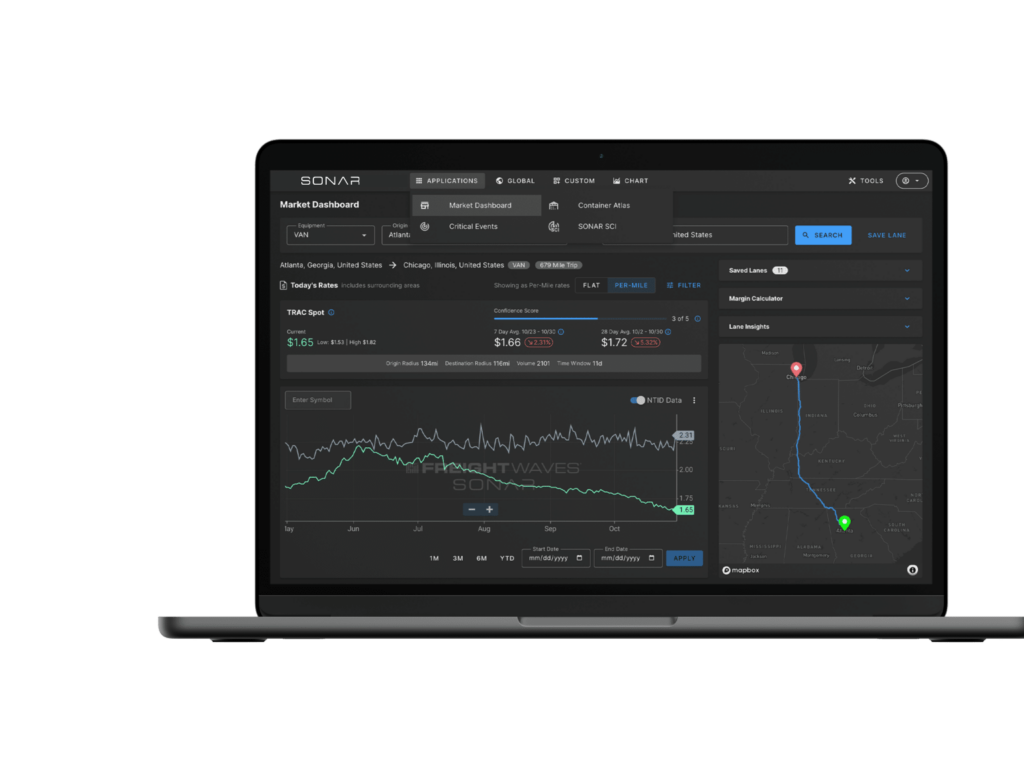Sales and operations planning (S&OP) is a critical process for businesses aiming to align their production and sales strategies to enhance efficiency and customer satisfaction. For shippers, the S&OP process is particularly vital as it directly influences the transportation and logistics operations that are central to delivering products to customers on time and at the lowest possible cost. Below, we’ll explore how shippers can effectively implement S&OP and how transportation plays a pivotal role in this process.
Understanding Sales and Operations
S&OP is a structured process that brings together various departments within a company — such as sales, marketing, finance and operations — to collaboratively develop a unified business plan. This plan ensures that supply meets demand in a way that maximizes profitability and service levels. The key steps involved in the S&OP process typically include:
- Data gathering: Collecting data on sales forecasts, inventory levels, production capacity and market trends
- Demand planning: Developing accurate demand forecasts based on historical data, market analysis and input from sales teams
- Supply planning: Creating production and procurement plans that align with the demand forecasts while considering capacity constraints
- Pre-S&OP meeting: Reviewing the demand and supply plans to identify potential gaps and developing scenarios to address them
- Executive S&OP meeting: Finalizing the plans and making strategic decisions to align resources with the business objectives
- Implementation and monitoring: Executing the plans and continuously monitoring performance to make necessary adjustments
The Role of Transportation in Sales and Operations
For shippers, transportation is a critical component of the S&OP process. Efficient transportation planning can significantly impact a company’s ability to meet its S&OP goals. Here’s how transportation plays a crucial role:
1. Alignment of transportation and production schedules: An effective S&OP process ensures that production schedules are aligned with transportation capabilities. This means coordinating production cycles with transportation schedules to avoid bottlenecks and ensure timely delivery of products. For instance, if production is ramped up to meet a seasonal spike in demand, transportation resources must be scaled accordingly to handle the increased volume.
2. Cost management: Transportation costs can account for a significant portion of a shipper’s expenses. By integrating transportation planning into the S&OP process, shippers can optimize routes, consolidate shipments and negotiate better rates with carriers. This proactive approach helps minimize transportation costs and improve overall profitability.
3. Improved inventory management: Effective transportation planning enables better inventory management. By aligning transportation schedules with production and demand forecasts, shippers can reduce excess inventory and avoid stockouts. Just-in-time (JIT) delivery strategies can be employed to ensure that products arrive exactly when needed, reducing warehousing costs and improving cash flow.
4. Enhanced customer service: Timely and reliable transportation is crucial for meeting customer expectations. An integrated S&OP process that includes transportation planning helps in ensuring that products are delivered on time, enhancing customer satisfaction and loyalty. Real-time tracking and visibility tools can be used to monitor shipments and provide customers with accurate delivery updates.
Implementing Sales and Operations for Shippers: A Step-by-Step Guide
- Establish cross-functional teams: Create a cross-functional team with representatives from sales, operations, finance and transportation. This team will be responsible for the S&OP process.
- Develop data-driven forecasts: Use historical data, market analysis and sales input to create accurate demand forecasts. Collaborate with transportation teams to understand capacity constraints and incorporate them into the forecasts.
- Create collaborative plans: Develop supply plans that align with demand forecasts. Ensure that transportation plans are integrated into the supply plans to address potential bottlenecks and optimize delivery schedules.
- Conduct regular meetings: Hold regular pre-S&OP and executive S&OP meetings to review and adjust plans as needed. Involve transportation managers in these meetings to ensure that transportation strategies are aligned with overall business objectives.
- Monitor and adjust: Continuously monitor performance against the S&OP plan and make adjustments as needed. Use transportation analytics to identify areas for improvement and implement corrective actions.
Conclusion
Incorporating transportation into the S&OP process is essential for shippers aiming to enhance efficiency, reduce costs and improve customer satisfaction. By aligning production schedules with transportation capabilities, optimizing routes and managing inventory effectively, shippers can achieve a seamless flow of goods from production to delivery. This integrated approach not only supports the overall business strategy but also provides a competitive edge in the market.
To learn more about transportation and what types of data can help improve operations, read more here.








